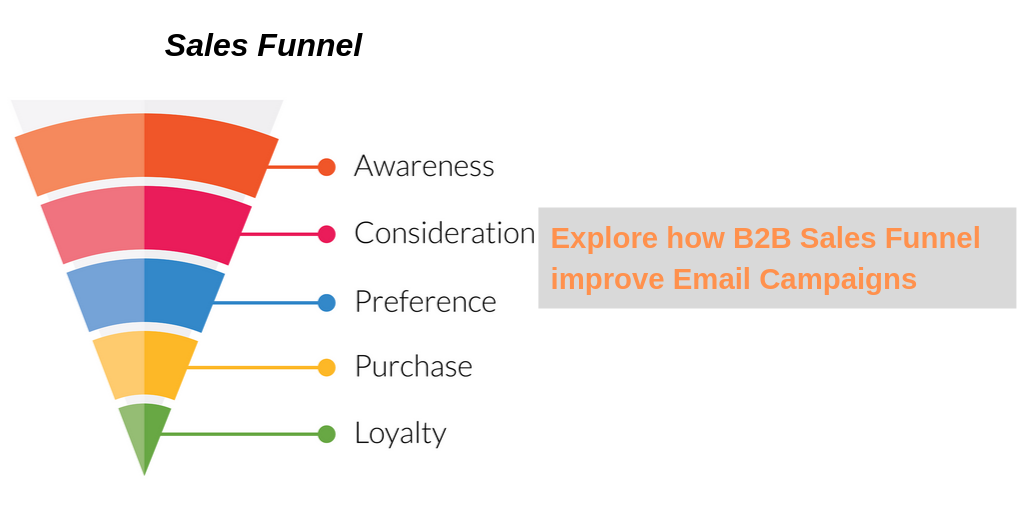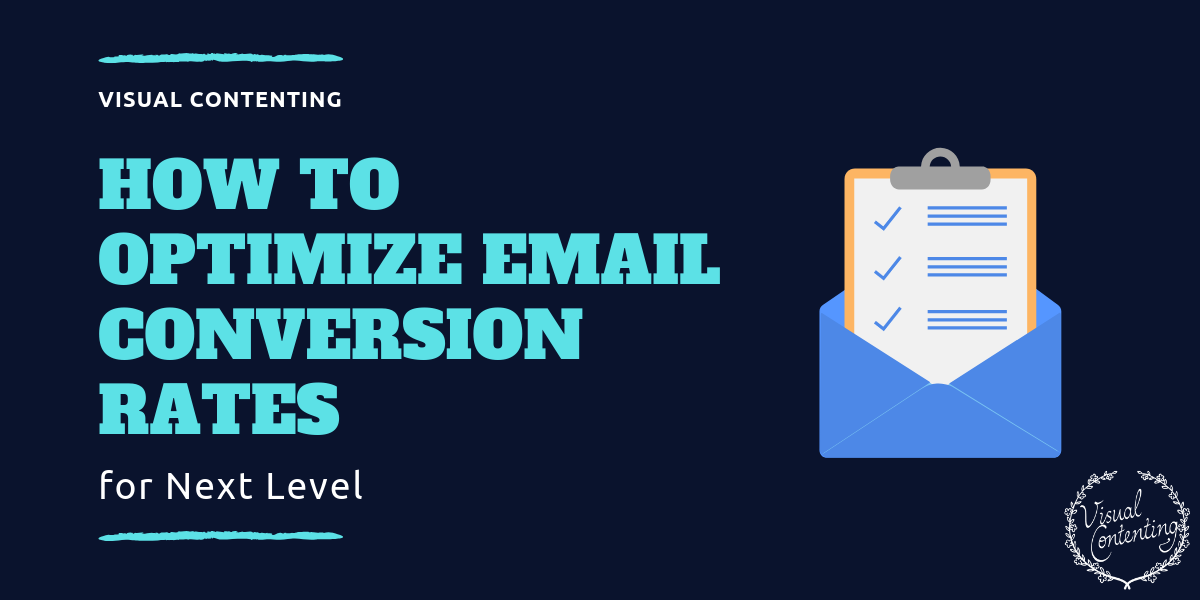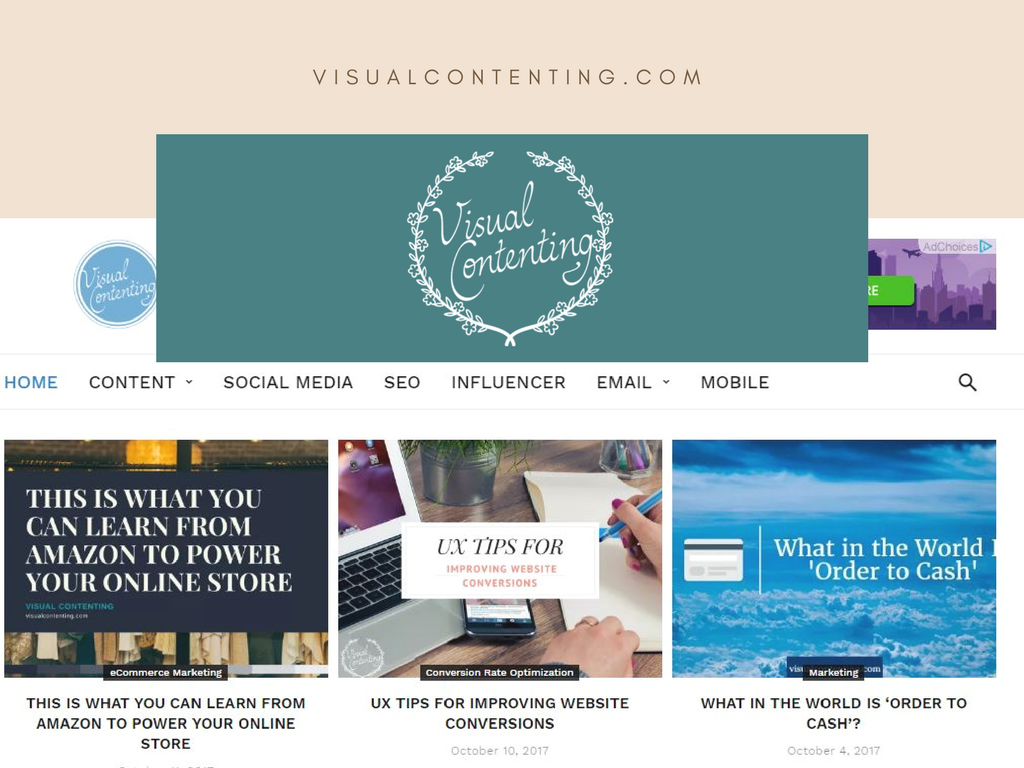Email is a central part of any online marketing campaign. Email marketing generates an average ROI of around $42 for every $1 spent, making it one of the most cost-effective promotional strategies. It comes as no surprise, then, that businesses take their open rates seriously.
While emails have remained a prominent part of the internet for years, they’re not the same today as they were before. Shifting consumer trends, new technologies, and emerging regulations all affect email and, by proxy, open rates.
Here are eight recent trends and changes to email and how they could affect open rates.
1. Hyper-Personalization
Personalization has been at the center of internet marketing for some time, but it’s reaching new heights. As consumers become more accustomed to targeted advertising, it may take more to catch their attention. Hyper-personalized emails, and messages that appeal to specific individuals and not just groups, will improve open rates.
This trend comes with a caveat. Trying to hyper-personalize emails may increase the chances of mistargeting, which will have the opposite of the intended effect. Studies show that 96% of online consumers have received mistargeted messages, causing 94% of them to take actions like deleting emails or unsubscribing.
If hyper-personalization is to improve open rates, it needs to use accurate information. Verifying to make sure user data is accurate will become increasingly crucial.
2. Apple’s Mail Privacy Protection Update
Apple’s iOS 15 update could also have a significant impact on open rates. This software version includes a mail privacy protection update that lets users camouflage their email addresses when signing up for something. The service works by using a randomly generated address as a proxy for the user, keeping their actual address private.
Since emails will flow through a proxy server before reaching the end-user, this update may inflate open rates. Even if a user never opens a message, email marketing software may mark it as if they did, since Apple’s proxy server opened it. Consequently, open rates may not serve as an accurate metric for tracking campaign success.
Without accurate open rates, it may become more difficult to refresh mailing lists. Companies will have to consider this update when using open rates as a guiding metric for any decisions.
3. Drip Campaigns
Drip campaigns, which use sequences of automated emails instead of one-time messages, aren’t new, but they are growing. Traditional, manual email campaigns may fail to retain customers by taking too long or missing critical turning points in the customer journey. Automated messages without a schedule may have the opposite problem, overloading inboxes and leading to lower open rates.
Automated drip campaigns represent an ideal middle ground. Basing emails on specific triggers, like when a user buys a product, ensures businesses only reach out when it’s sensible to do so. Users will be more likely to open these messages since they don’t come across as spam.
As users receive more emails, these more thought-through schedules become more important. Even if the right message goes to the right person, the wrong timing can lead them to not open it. Trigger-based emails avoid that problem.
4. Mobile Dominance
Another change email marketers must contend with is the growing dominance of mobile usage. A 2016 report revealed that 68 to 79% of users delete emails that aren’t optimized for mobile. Since then, phone usage has only increased, so the portion of users who delete these messages is likely higher now.
Whether or not businesses optimize their emails for mobile viewing is a deciding factor in their open rates. Font sizes, images, margins, and colors must all work well on a phone screen. Otherwise, message previews will look off to mobile users, causing them to ignore or delete it instead of opening it.
Optimizing for mobile also involves keeping up with changing smartphone trends. Marketers should note any developments in smartphone email service capabilities to better optimize their emails and improve open rates.
5. Dynamic Segmentation
Many email marketers already understand the importance of segmenting audiences for more effective personalization. As user data has grown in both accessibility and depth, it’s enabled businesses to go a step further. Companies today can make their segmentation dynamic, changing as users themselves do, which will improve open rates.
Users don’t always fit into the same categories over extended periods. As a result, businesses may mistarget consumers by grouping them in a segment to which they no longer belong. Dynamic segmentation accounts for these changes, ensuring these personalization efforts stay relevant.
In dynamic segmentation, businesses continually update email lists based on developing user behavior. This is only possible with timely, relevant user data and often only feasible with automation. As both of these factors have become accessible for businesses, they have paved the way for this more effective marketing strategy.
6. Advanced Email Filtering
Some email trends and changes aren’t directly related to email marketing but still impact open rates. One such recent development is the rise of advanced inbox filtering services. Consumers today have a broad range of filtering tools to choose from, some of which may hinder open rates.
Some apps use artificial intelligence (AI) to determine what users find important based on their email histories. Depending on how users interacted with previous emails, these automated services may start filing marketing emails as unimportant or even spam.
As these filtering services grow increasingly complex, email marketers will have to be more careful about structuring their emails. Phrases or punctuation that may come across as “clickbait” may result in emails ending up in spam folders. Appealing to users will likely have to feel more subtle to sustain open rates.
7. Growing Data Privacy Regulations
Another development to keep track of is the growth of data privacy regulations. Consumer data privacy laws are becoming more common, and these may include provisions about what companies can do with user data. Personalizing emails to improve open rates may become a less viable option as a result.
Some regulations may allow users to opt out of personalized marketing. They may be more inclined to do so if they feel emails show a too intimate familiarity with the details of their personal life. As a result, as businesses personalize their emails, they’ll have to find ways that make the personalization feel appealing without being intrusive.
Companies may still be able to use specific details, but mentioning some specifics in emails may make users uncomfortable. They may then opt out of this personalization under privacy regulations, potentially leading to lower open rates.
8. Rising Awareness of Phishing
Similarly, recent cybercrime activity may make users warier about emails. As phishing and other forms of cybercrime have grown, internet users have become increasingly aware of their dangers and may be suspicious of more emails now. Consequently, if a marketing email seems at all untrustworthy, they may not click on anything from that source.
Studies suggest that 1 in every 99 emails is a phishing attempt. Since these attacks have become so common, many users may now associate them with emails from strangers in general. That could harm open rates.
In light of this trend, email marketers must be careful not to come across as overly urgent. A call to action that’s too strong may come across as a phishing attempt as the public hears more about these attacks.
Stay Informed About New Email Trends
While emails may be here to stay, they won’t remain the same forever, like any online function. Email use and regulations will continually adapt to new trends, so marketers must stay abreast of these changes. Knowing how new trends may affect open rates can inform more effective email campaigns.
Related Posts
Devin Partida writes about topics concerning tech and the internet. She is also the Editor-in-Chief of ReHack.com.






